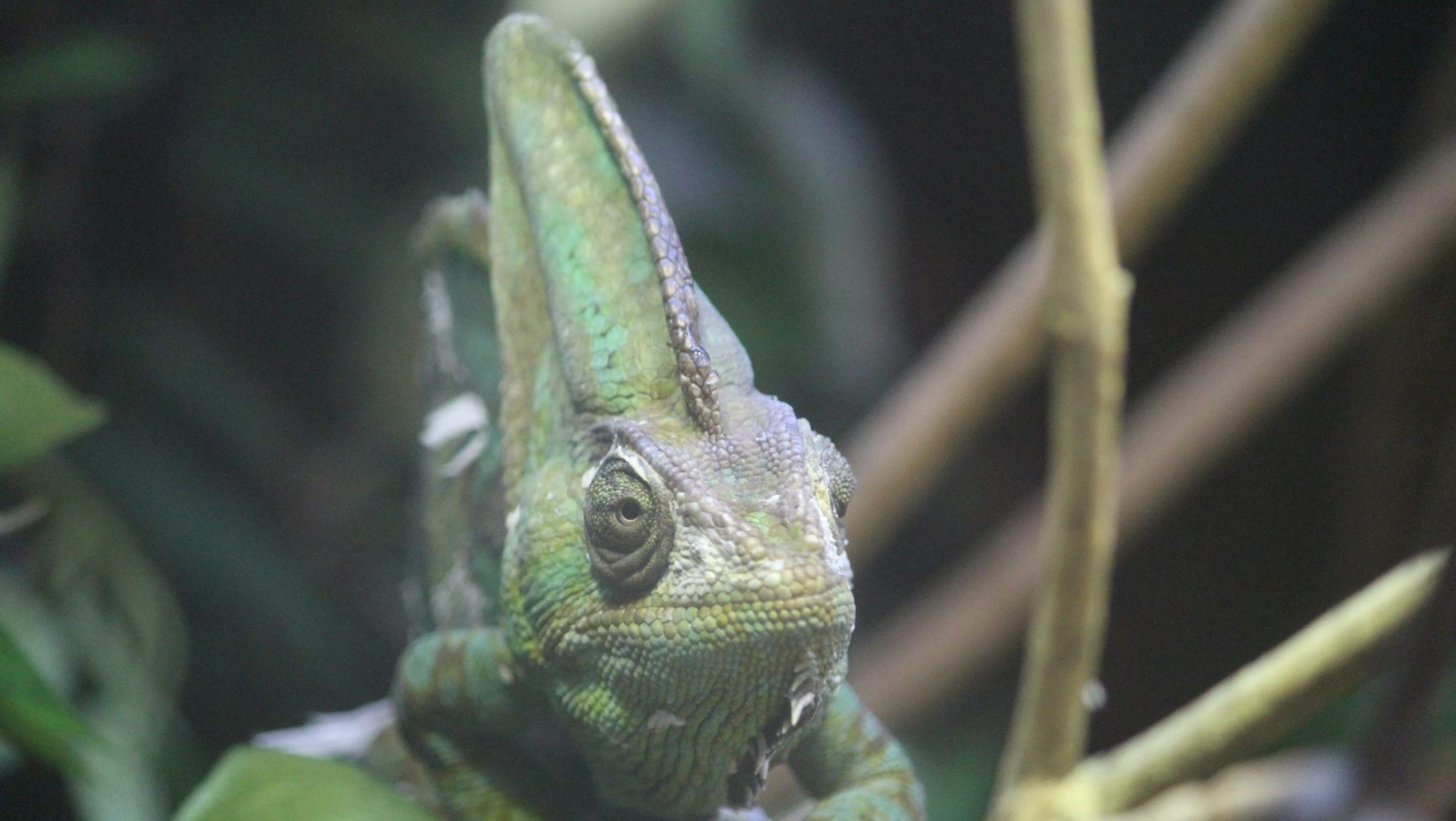Reptile fetishists, or “herpers,” are perhaps the most blessed among the internet’s many animal-collecting subcultures. Online, they have found one another, swapped tips on care and nutrition, on vivariums and fungus treatments, and bought and sold rare specimens, sometimes negotiating across the globe. And, occasionally, OPs will share a pain that only other herpers online could understand: mourning the death of a reptile.
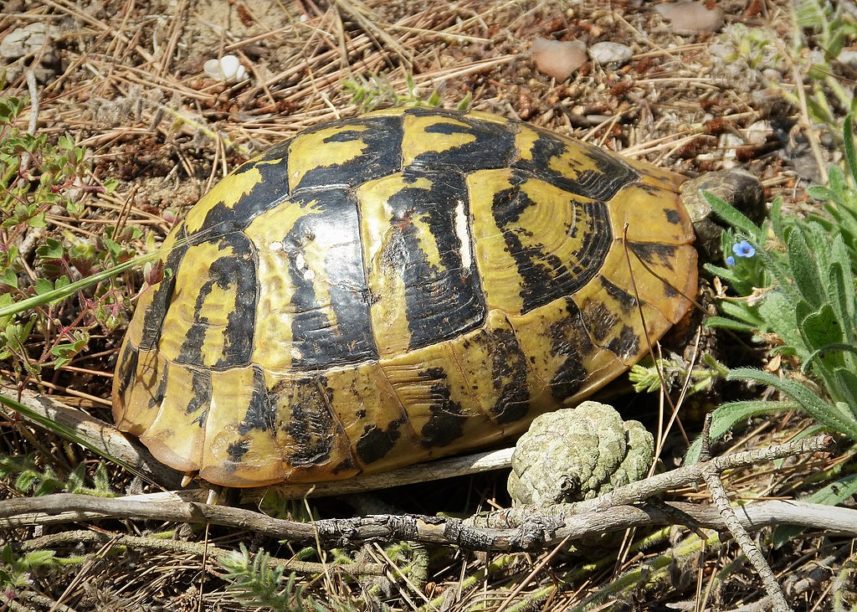 gailhampshire from Cradley, Malvern, UK [CC BY 2.0] via Wikimedia Commons
gailhampshire from Cradley, Malvern, UK [CC BY 2.0] via Wikimedia CommonsRIP flash: I had flash the Hermanns tortoise for 4 years, unsure why it died really as he was doing really well but then one day brought him in from the garden and he was very lethargic
I first found these posts on channels marked “RIP” on two major reptile forums in the UK and South Africa, but I’ve since found them on US forums and further afield. On the forums, users are identified by avatar names, a thumbnail and sometimes their favourite mottos, which they keep in their user signatures (Some people are like a slinky spring, they make you smile when you push them down a flight of stairs!). On other channels, they help ID ‘field herping’ images, solve problems (“Help! Snake food is pregnant!”), and dispense herp wisdom (a boa constrictor may bite the backup dancers because they do not like their perfume).
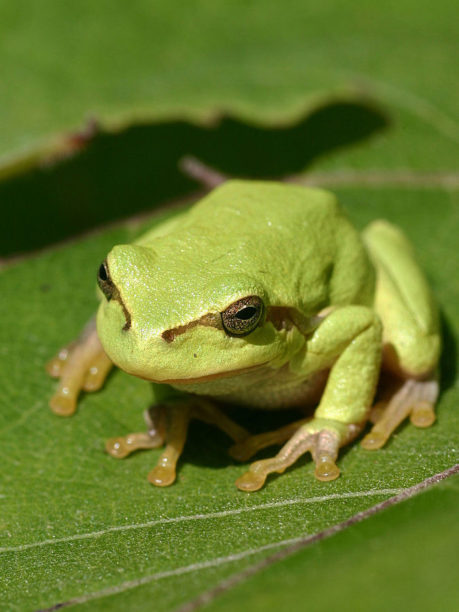 Christoph Leeb [CC BY-SA 3.0] via Wikimedia Commons
Christoph Leeb [CC BY-SA 3.0] via Wikimedia Commonsbye PeeTree the tree frog =(: Wasnt himself for months, never found out what it was. at least your ok now. =(
The ‘exotic pet’ trade — defined broadly as a trade in animals that haven’t been domesticated — boomed in the West in the 1960s. But there are numerous historical antecedents, and not all of them occidental. Even further back than the live specimens brought ‘home’ during colonial scientific collections, there were Middle Eastern royal menageries, and decorative fish breeding in the Song dynasty. Even the Sumerians had a word for birdcage: subura.
RIP Cuddles the corn snake: Today is a very sad day for me as my anery corn snake has passed.The reason is not known….She was my first and only snake and to make it worse it’s the our fasting month for all the muslims.
In the 20th Century, knowledge of how to keep ‘exotics’ alive grew, as the cost of the equipment to do so fell. By the 1960s rich countries possessed both unparalleled wealth and bottomless urban anomie. These two ingredients, against the background of poor regulation, heavily favoured the growth of ‘exotic pet owner’ as an identity. Reptile ownership, in particular, exploded in the US in the 1980s, with crazes for iguanas, boas and pythons. In the last two decades, with rising wealth and urban growth, economies in East Asia are undergoing similar growth in the exotic pet trade. The internet helps. Online communities support, and also market, entice, and encourage.
RIP Daisy:… She was a really great snake and most of the time she was a sweet girl but she had her moments
The less-honest reptile breeders sell reptile ownership as being cleaner, quieter and simpler than taking care of a four-legged mammalian pets. Dogs bark and need to be walked, and cats meow and shed their fur. Both of them want your attention, albeit to different degrees. But keeping reptiles is, in fact, very difficult: many popular species come from tropical and sub-tropical environments, which owners must take pains to replicate.
In memory of Boggy [turtle, brother of Mangrove]: …Boggy was very sick, he wasn’t eating or doing very much.. It was a week before I found him floating around his tank dead. I went outside with my father and we buried him in my yard.
Online forums are full of information on how to take care of pets, with many of them offering species-specific ‘care sheets’ for owners. These brochures hold the information you need to recreate their ideal conditions, so that your animal doesn’t starve, choke on oversize crickets, or die of fright, stress, or dehydration. The reptile enthusiasts on the RIP channels are amongst the most devoted to their pets, believing themselves to have bonded with their distinct reptilian personalities.
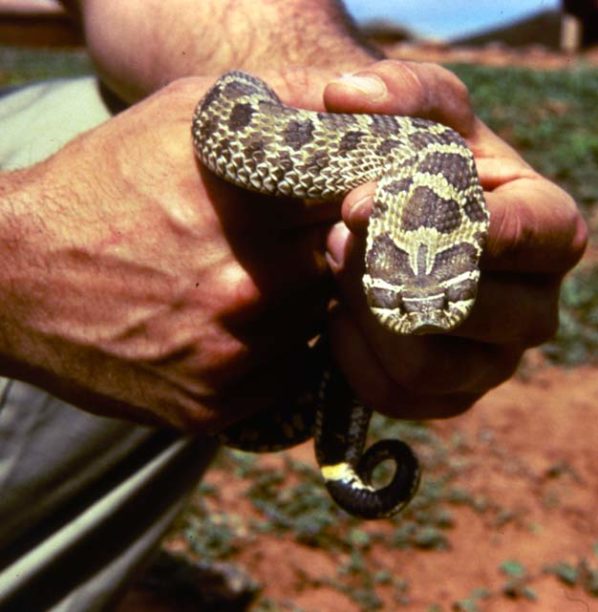 public domain
public domainGoodnight [Western hognose] Elvis, sleep peacefully: … He was the grumpiest snake I’ve ever owned with his puffing and head butting and I often joked that he’d been in a bad mood ever since the day I bought him. Most of the time I never saw him, just heard him hissing … I thought he was awesome.
Perhaps the most positive roles that reptile forums play is the provision of these care sheets, because most vets don’t have much advice to give people on reptile care.
RIP Coco the Yemen [Veiled] Chameleon:…I took her to the vets who didnt know a thing about what was wrong…I’m still unsure as to the reason why you passed away, but im sure you are no longer in any pain or suffering.
Chameleons are especially hard to keep alive, with certain species, tellingly, described as being ‘hardy’. They are particularly susceptible to dying of dehydration, which you can sometimes detect from their “sunken eyes”. A Caresheet on Reptifiles suggests that you give adult chameleons mist showers for ‘intensive rehydration” but cautions against doing this for chameleons less than 5 months of age, because, oops, it’s also easy to drown the little ones with large mist droplets. Most chameleons are almost impossible to breed in captivity, they are hard to keep alive, and they are frequently ‘replaced’ by ‘beginner’ owners, an engine for huge drains on wild populations. Some researchers estimates that each year hundreds of thousands of chameleons are taken from the wild in Madagascar alone for the pet trade in North American, Europe and East Asia.
R.I.P ‘Flamborough’: He was so personal for an invertebrate and crab. It was cute how he would run up to the glass and try to grab your fingers.
Still, it’s important to point out that many snakes and other reptiles and their human-bred ‘morphs’ are (now) sold en masse in major markets like the US — something which lessens conservation impacts to some extent, though it does not settle questions about the animals’ care. Even in the best circumstances these creatures still exist in a netherworld: no longer wild, but not domesticated either.
Slinky is dead: I got home from work and as usually id all my evening chores before tending to slinky, but when I got there, I immediately saw that he lifeless.
And this much is obvious from these RIP channels, despite (or even because) the people posting here feel so guilty and sad when their pets die. “I feel terrible” is a typical sentiment. I’m heart broken. I’m not cut out for this. I feel so sad. They outline their vivarium set-up in detail, their heating systems and diet arrangements, soliciting advice for where they might have gone wrong. They pay for expensive post-mortems that might diagnose underlying problems of kidney cancer and liver disease, or congenital problems that can be blamed on breeding stock. And underlying this anxiety is a reality that becomes clearer as you scroll through: most of them didn’t even know their pet was sick, let alone why it died.
r.i.p to my granite royal: …gutted/ she was a gr8 eater use 2 hammer them down /loved being out.
Reptile RIPs are razor-sharp artefacts of the Anthropocene, each one a perfect entry in the ledger of the sad and confused ways in which humans relate to animals, to the natural world, and to the internet.
A green iguana looks like a green iguana due to its evolution in specific environmental niches (rainforest, somewhere between Northern Mexico down to Brazil); it is subject to particular environmental pressures. For alienated suburbanites struggling to distinguish themselves in homogenous suburbs, or lonely workers in high rise apartments in atomising cities, owning one of these animals confers some of that specificity and particularity on a human owner. But suburban bedrooms and high-rise flats are environmental niches of their own, and ones not well suited to these totems, who will likely die. Then the “owner” mourns and writes to people they’ll never meet, begging for comfort.
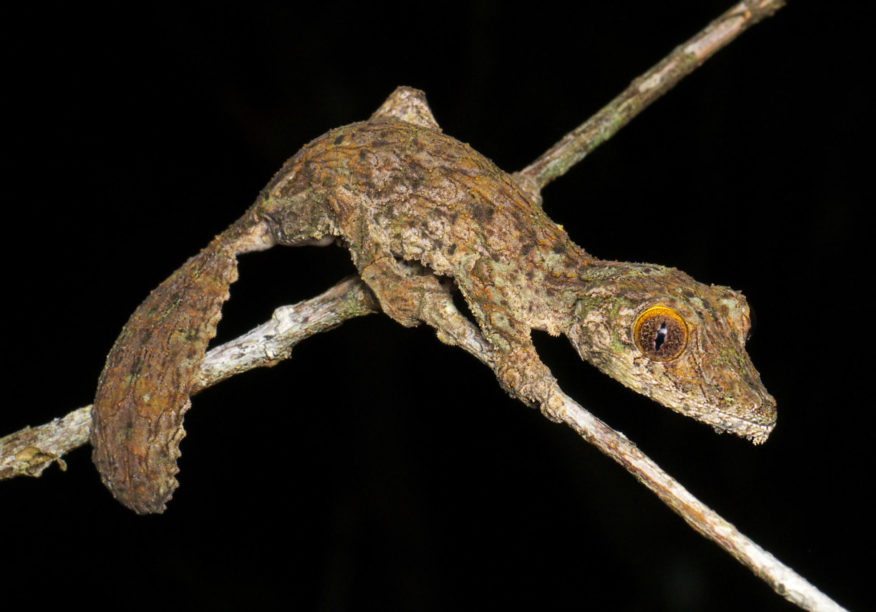 Frank Vassen from Brussels, Belgium [CC BY 2.0] via Wikimedia Commons
Frank Vassen from Brussels, Belgium [CC BY 2.0] via Wikimedia CommonsGoodbye Astrid [The leaf gecko]: She was my first reptile and was much too young
A forum moderator replies to a thread about “mittens” a boa imperator: Necropsies are usually really good for closure, insight and answers.

